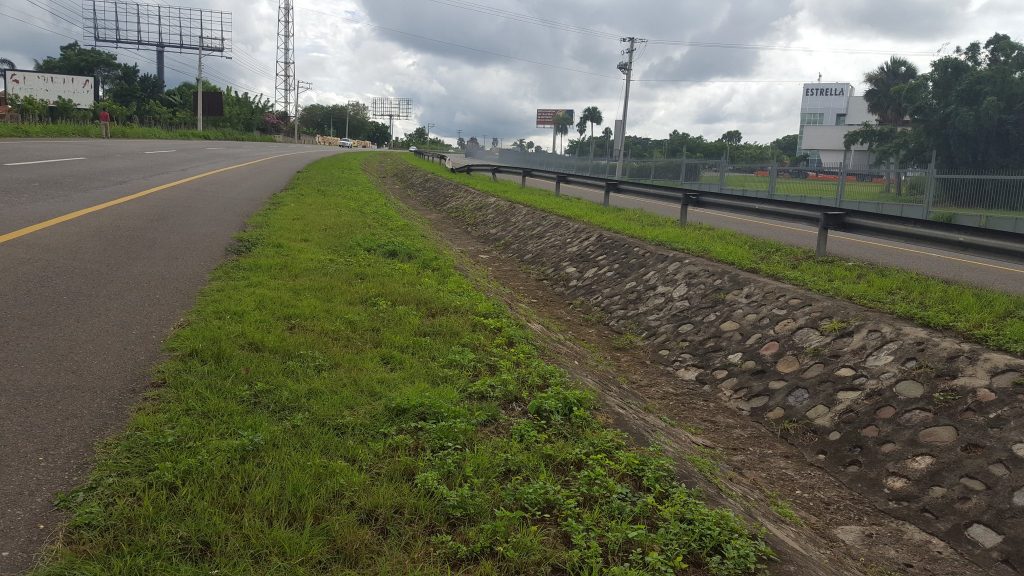Executive summary
Disorganized traffic patterns and poor driving habits are very common in the Dominican Republic. The police enforcement of traffic laws is inconsistent, and roadways themselves are often treacherous. This is combined with liberal attitudes toward the consumption of alcohol. Parents introduce their early teenaged children to alcohol, and drinking by minors is a significant issue, especially in less urban areas.
Consuming alcohol while driving is a common problem, and there are few serious legal consequences. The Dominican public is largely unaware of the dangers and effects of drink driving, and do not consider it a form of wrongdoing. Individuals of all ages regularly drink and drive, and most are unaware of the legal levels allowed to drive.
Despite cavalier local attitudes, the outcomes are serious. Although reliable road-safety statistics are difficult to find, World Health Organization figures rank the Dominican Republic in the top 15 countries globally for rates of fatalities in car crashes.
It is only recently that the national government has taken steps to address drink driving. In early 2017, a new law with a clear maximum blood alcohol concentration (BAC) and more specific sections on traffic patterns and drink driving was approved and put into effect. This law is in response to clear instructions and specific guidelines directly from the country’s President, who described the law as one of the government’s most important legacies. National leaders also noted a desire to achieve the United Nations goal of halving the numbers of deaths and disabilities due to road crashes by 2020. In addition, new national agencies have been created to address road safety, and beverage industry initiatives have been ongoing at both national and grassroots levels.
Selected Recommendations (see the text for the full list)
• To fully benefit from the new transit law, the implementation of random, high visibility, sobriety checkpoints should begin in a systematic and structured manner.
• Special training should be provided to all those involved in conducting sobriety checkpoints.
• Relevant authorities should be educated about the steps and experiences taken by other countries in programs to change negative driving habits.
• Provide the public with accessible information about driving laws, as well as the consequences of breaking the law.
• Provide the public with information on the new transit law passed in early 2017. At the same time, update driver education curricula to reflect the new law.
• A detailed public education and awareness campaign is needed to increase awareness of the magnitude of the problem and the strategy to address it. This campaign should include information on the fines, penalties, and consequences of drink driving.
• Educational materials provided to first-time drivers should be improved, and should contain all the current, relevant information, rules, and regulations related to driving motor vehicles.
• It is important to reach the younger generation and first-time drivers in a long-term manner to develop positive driving behaviors as early as possible.
DOMINICAN REPUBLIC


